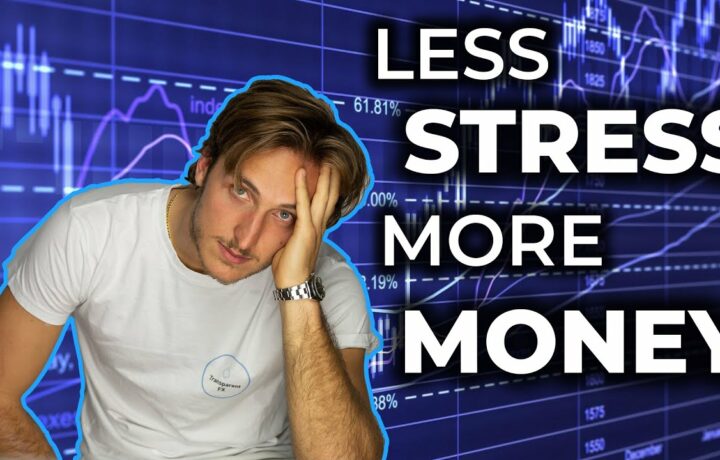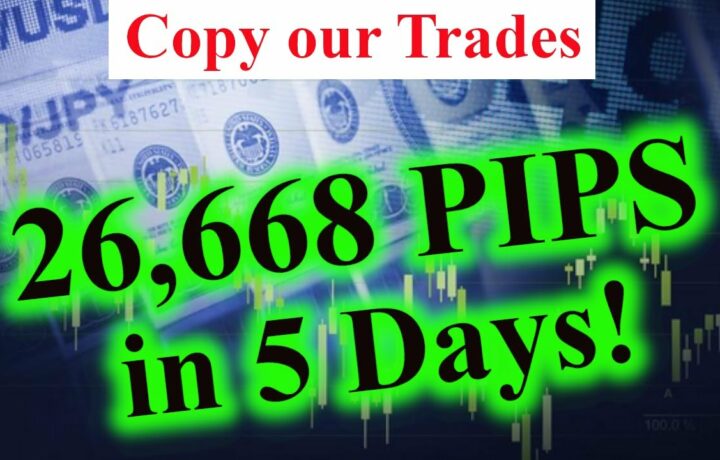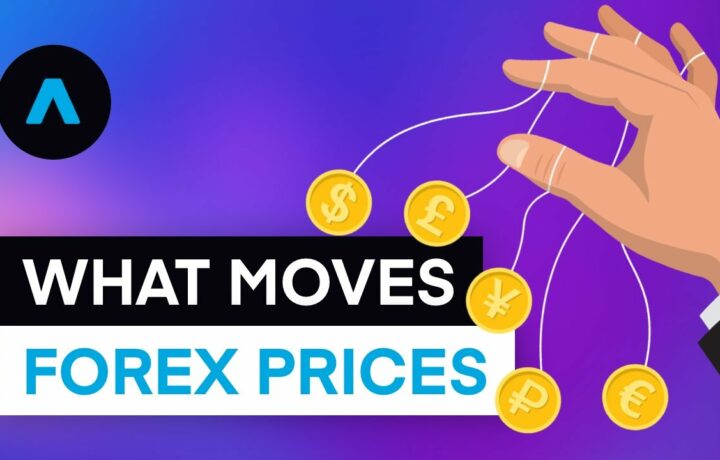Get Trending Videos Top Searched Forex Event Driven Trading Tips, Webinar: Scalping Strategies in Forex.
This webinar will teach you a simple, yet effective scalping strategy to use in the Forex markets. Watch our webinar for the Forex starters and find out the fundamentals of scalping in Forex that every trader should know. Golden tips from known pros.
You will learn the following about scalping:
– What type of market to scalp is best
– 4 steps on how to scalp effectively
– Using indicators to optimize scalping
– Scalping related dangers

Forex Event Driven Trading Tips, Webinar: Scalping Strategies in Forex.
Measurable Occasion Trading Versus Over-Simplistic Assumptions
Spikes don’t vary much in this regard, they just take place over a smaller window of time. A spike occurs in the first place since the marketplace has just discovered new information, information which is not yet “valued in”. Relying on the seriousness of the information, the spike will be large or little, and proceed or stop working. To discuss this principle a little far better, I’m going to mention what several event-driven measurable strategies do often:
Developers of these event-based (spike) trading strategies are able to quantify data fetched from financial data releases rather easily. They just take the deviation from the actual and expected number, pair it with other financial data releases that take place at that point in time (if essential), take the ordinary change in rate before and after specific inconsistencies happen, the timeframe in which these modifications take place, and are able to enhance an approach based on this and any other technical aspects they wish. They have a background of data (numbers) with which to function.
In all of the aspects listed above, numbers are available, and equipments require numbers. However what occurs when a spike is caused by a comment from a high ranking government official? No numbers there, just words. Yes, words.
What regarding words? Words, when it comes to programs, can be numbers. Let me discuss:
Words are weights, when determined against each other in regard to rate activities. “downgrade” carries a various weight than “stimulation” or “defend” or “secure the currency”, and so on, depending upon that it is originating from and the context of other words used at the time.
High and low ranking government officials can be weights. The high ranking government official considers more than a reduced ranking government official, and so on. A rating firm, and words used in their news release, can be weight. AND SO ON and so on.
So when you take an industry-standard information feed, appoint weights (numbers) to whatever mentioned over against ordinary rate activities, time, other technical aspects, and so on, you end up with an example of data that can be enhanced into a possibly lucrative trading method.
And also while I understand it all may seem ridiculous at first, if you think I’m just drawing your leg on every one of this, reconsider. While I’m providing a really simplified description of the principle, it is certainly used in primarily all markets by different individuals, and most definitely in this one.
What is the spread in foreign exchange trading?
The spread is the distinction between the buy and sell estimate for a foreign exchange set. Like lots of economic markets, when you open up a foreign exchange setting you’ll exist with 2 rates. If you want to open up a lengthy setting, you trade at the buy rate, which is somewhat over the marketplace rate. If you want to open up a short setting, you trade at the sell rate somewhat below the marketplace rate.
What is a lot in foreign exchange?
Money are traded in whole lots sets of currency used to standardise foreign exchange professions. As foreign exchange often tends to relocate small amounts, whole lots have a tendency to be very large: a standard lot is 100,000 systems of the base currency. So, since individual traders won’t necessarily have 100,000 pounds (or whichever currency they’re trading) to position on every trade, almost all foreign exchange trading is leveraged.
What is leverage in foreign exchange?
Leverage is the ways of getting direct exposure to large amounts of currency without having to pay the amount of your trade upfront. Instead, you put down a small down payment, known as margin. When you close a leveraged setting, your earnings or loss is based on the complete dimension of the trade.
While that does magnify your profits, it also brings the risk of magnified losses including losses that can surpass your margin. Leveraged trading for that reason makes it incredibly crucial to learn just how to manage your risk.
Final Words:
It might appear as well evident to point out, however an orderly graph is much easier to trade, particularly when you understand the interaction between deep prejudice and risk view and just how it is playing out on the graph. A disorderly graph shows confused considering what is essential deep prejudice and what is risk view. Profits, if you can not read the graph and envision what the large players need to be assuming, you should not attempt to trade it, even when one of the most advanced of signs are providing you the consent. Clear thinking causes lucrative professions.
Get Trending Posts Top Searched Forex Event Driven Trading Tips and Financial market information, analysis, trading signals and Forex financial expert reviews.
Risk Notice:
All products listed on our website TradingForexGuide.com are traded on take advantage of, which indicates they lug a high degree of risk and you could shed more than your deposits. These products are not appropriate for all financiers. Please ensure you totally understand the risks and meticulously consider your economic scenario and trading experience before trading. Seek independent advice if essential.




